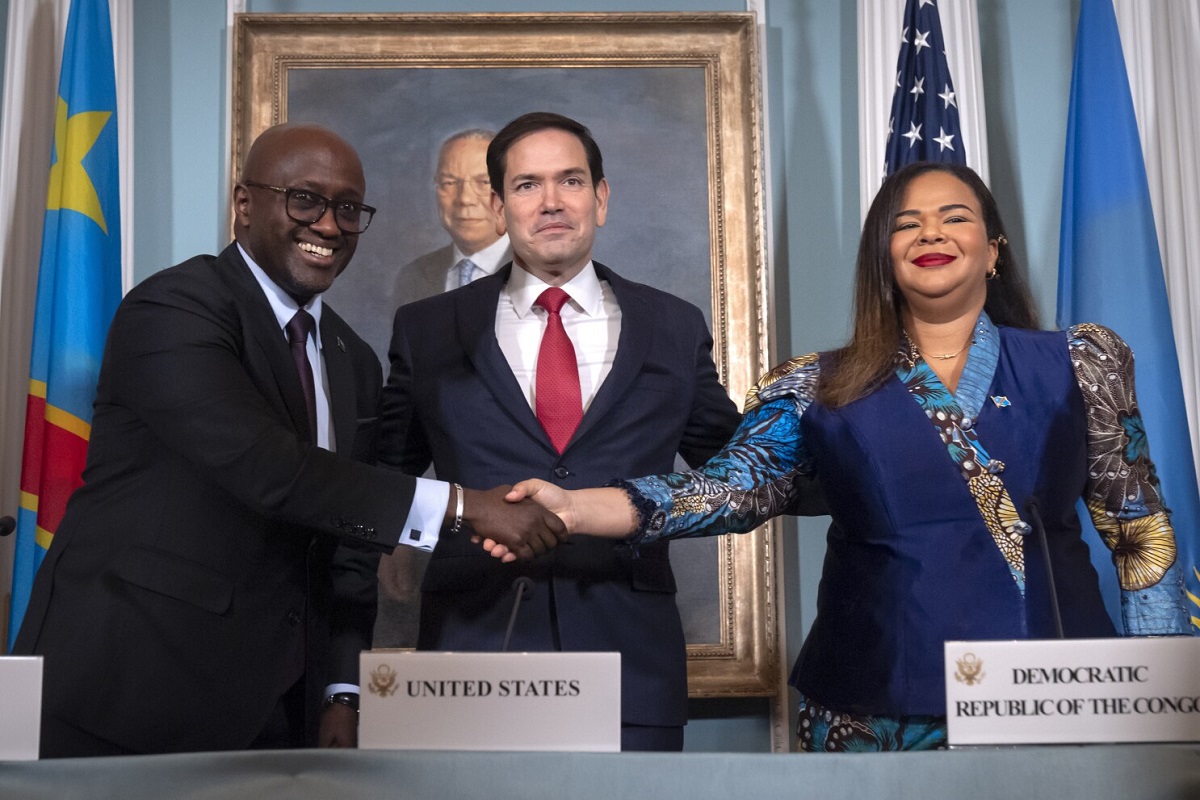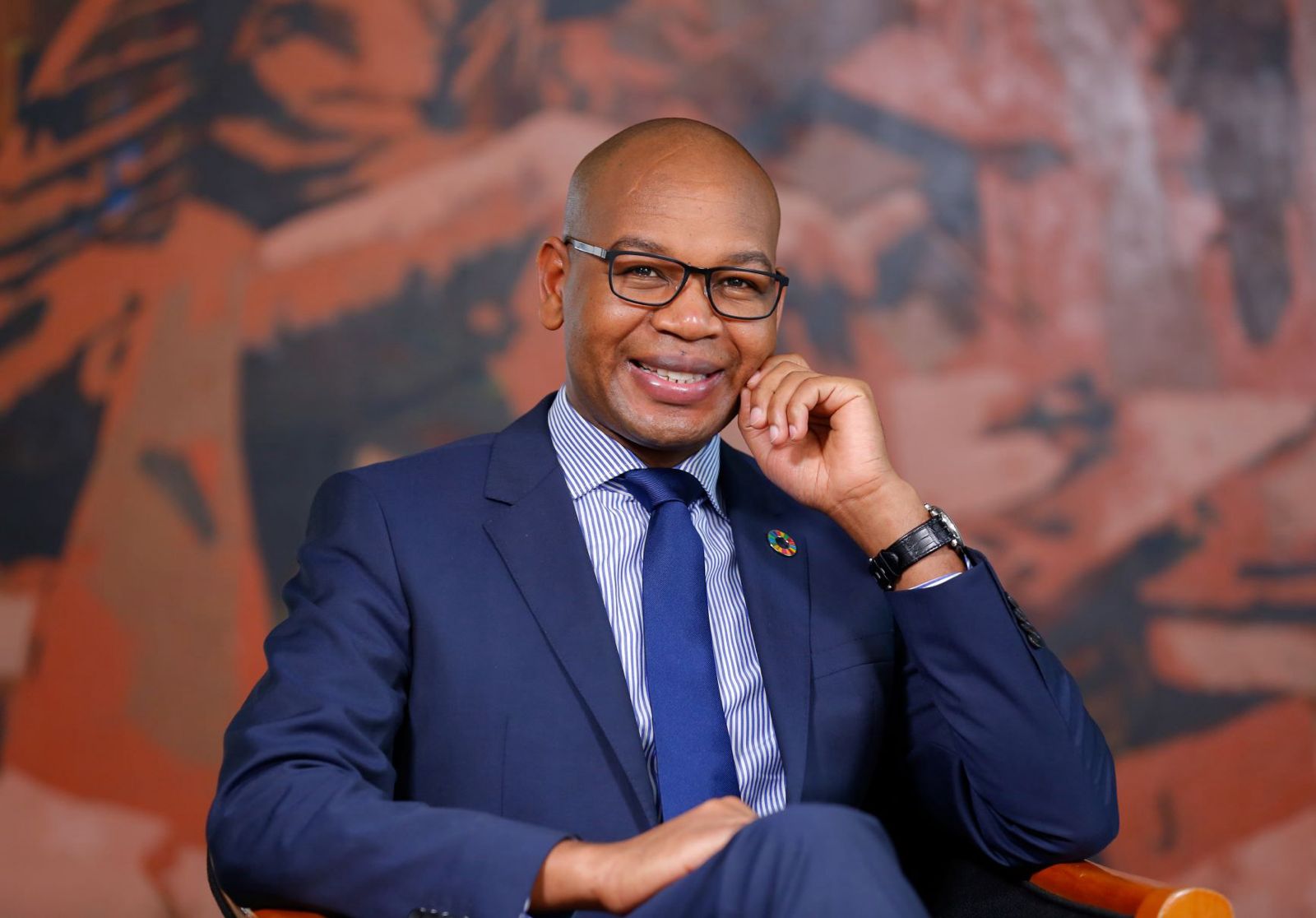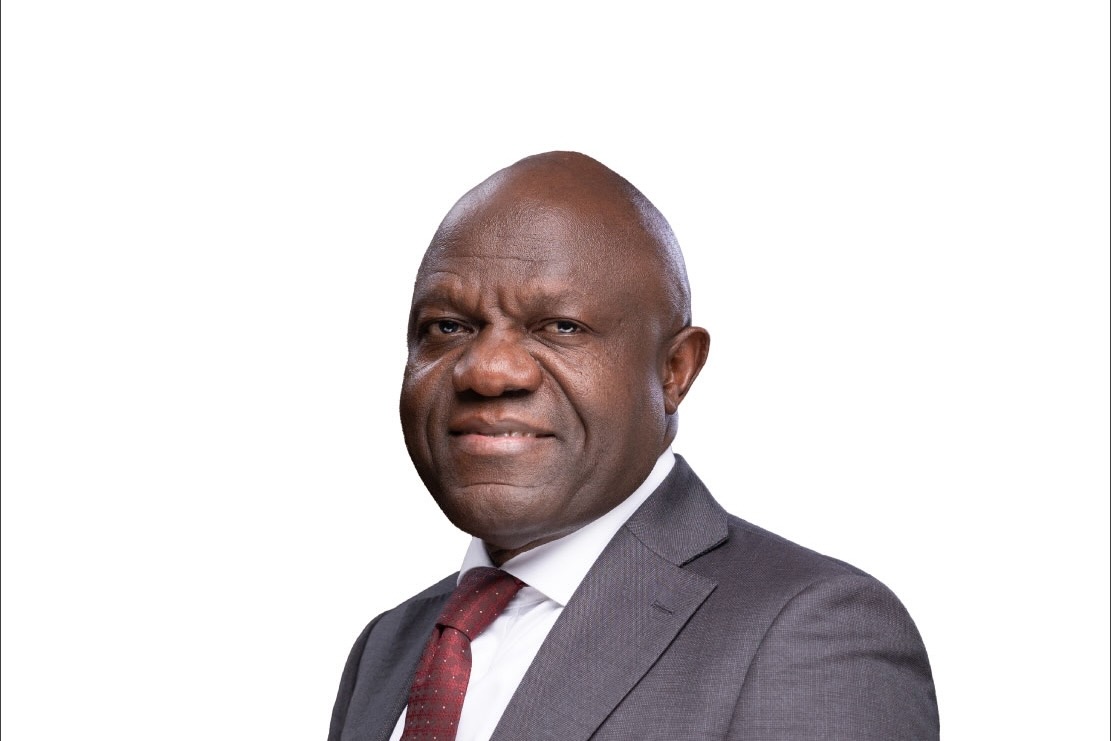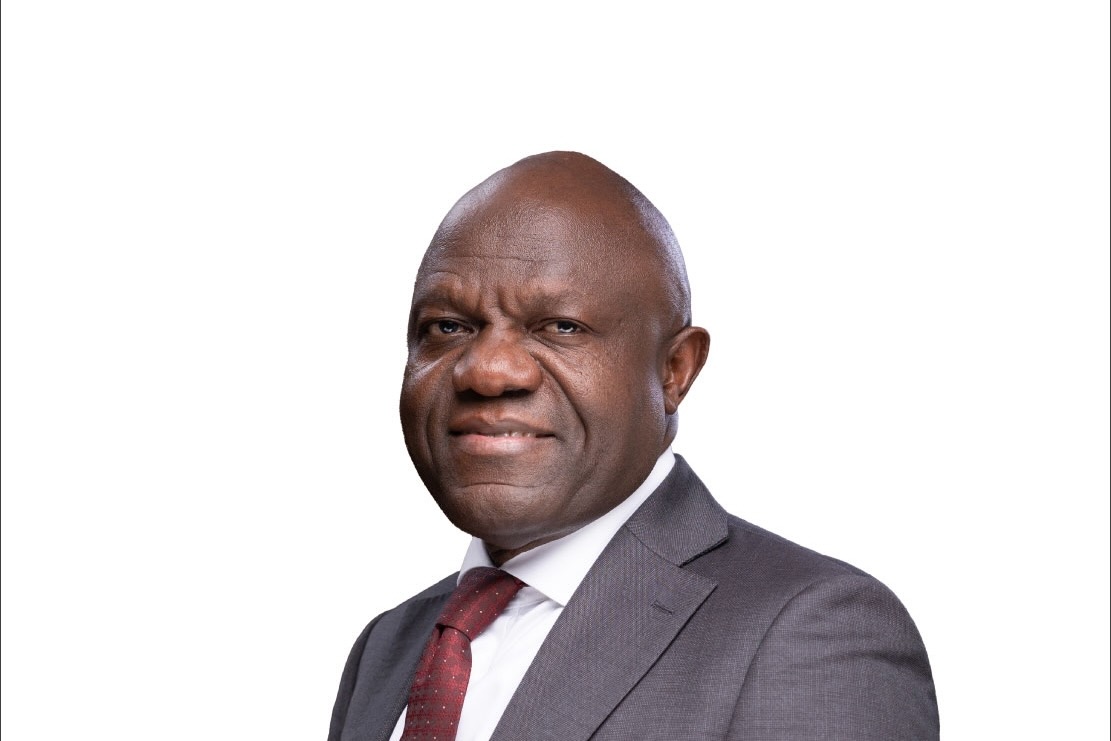US-backed Congo-Rwanda peace deal seeks to stop mineral smuggling
- The June 27th, 2025, US-brokered Congo-Rwanda peace agreement establishes a critical minerals’ plan for traceability and governance, potentially allowing more transparent trade and fewer chances for smuggling.
- DRC loses an estimated $1 billion annually to illegal mineral exports—much of it smuggled off through Uganda and Rwanda, which have become key exporters of gold and coltan yet they have minimal reserves.
As global powers posture for influence in the Democratic Republic of the Congo (DRC), the recent U.S.-brokered peace agreement between the DRC and Rwanda reveals a larger, less visible agenda: securing unfettered access to one of the world’s biggest critical minerals store. While the deal promises regional security and economic integration in an ever volatile area, its deeper implications reflect the intensifying contest between heavyweights U.S. and China over who will shape—and profit from—Africa’s untapped critical minerals wealth.
“The Parties shall use this framework to expand foreign trade and investment derived from regional critical mineral supply chains and introduce greater transparency, which shall ensure illicit economic pathways are blocked and both Parties derive greater prosperity—especially for the region’s population—from the region’s natural resources through mutually beneficial partnerships and investment opportunities,” the agreement signed in Washington on 27 June 2025 states in part.
For the U.S., the DRC represents far more than a fragile state in need of peace; it is a strategic source of cobalt, lithium, tantalum, copper, and gold—all critical to powering the technologies of tomorrow. As the global energy transition accelerates, and as tensions with China over supply chains escalate, America’s pivot to Central Africa is as much about critical minerals as it is about mediation.
“Under the framework, the parties [DRC and Rwanda] shall launch and/or expand cooperation on shared priorities such as national park management; hydropower development; de-risking of mineral supply chains; joint management of resources in Lake Kivu; and transparent, formalized end-to-end mineral value chains (from mine to processed metal) that link both countries, in partnership, as appropriate, with the U.S. government and U.S. investors.”
“Parties shall establish or utilize independent economic audit and anti-corruption mechanisms to monitor mineral supply chains, infrastructure projects, and any future economic agreements between the Parties, as set out in the Regional Economic Integration Framework.”
Minerals, Not Medals
Currently, the DRC holds an estimated 60 per cent of global coltan reserves (used to produce tantalum), and in 2024, it accounted for a staggering 76 per cent of global cobalt production—a vital component in electric vehicle (EV) batteries. Yet, the lion’s share of these resources is controlled by Chinese companies, which dominate not only mining operations but also refining capacity. In cobalt alone, Chinese firms refine around 80 per cent of the DRC’s output.
This has triggered a strategic response from Washington. Through the Lobito Corridor project—a $4 billion infrastructure commitment—and a Memorandum of Understanding (MoU) signed with the DRC and Zambia to build an EV battery value chain, the U.S. is laying the groundwork to rebalance influence in the region.
However, American mining firms remain notably absent. Citing political instability, many—including Freeport-McMoRan—have withdrawn, selling off major assets to Chinese buyers.
So while U.S. policy promotes supply chain resilience and “mutual gain,” the Congo’s fractured governance and unresolved conflicts keep American capital on the sidelines—watching as strategic rivals dig deeper, literally and geopolitically.
A fragile framework in securing critical minerals
The new peace deal, on paper, is ambitious. It calls for a joint security mechanism, economic integration, and the demilitarization of forces such as the FDLR. Yet, it fails to address the most explosive element of the current crisis: the M23 rebel group, widely believed to be backed by Rwanda. The group’s exclusion from the U.S.-facilitated agreement severely limits its enforceability on the ground.
Further complicating matters, Kigali continues to deny any ties to M23, calling it a domestic DRC issue. Meanwhile, Qatar—not the U.S.—has taken the lead in mediating between the DRC and M23. With Rwanda unwilling to budge and M23 remaining active, Washington’s diplomatic leverage appears more symbolic than structural.
Still, the agreement does have forward-looking elements. It establishes mechanisms for traceability and governance, potentially allowing for more transparent mineral trade and fewer opportunities for smuggling. This is crucial, as the DRC loses an estimated $1 billion annually to illegal mineral exports—much of it siphoned off through Uganda and Rwanda, which have become significant exporters of gold and coltan despite lacking comparable reserves.
Peace, Profits, and Policy Gaps
The Western response to the crisis has gradually evolved. Sanctions imposed by the U.S. on Rwandan military officials, and calls by the European Parliament to suspend mineral cooperation and aid to Rwanda, suggest a growing readiness to use diplomatic sticks rather than carrots.
Yet these measures are reactive rather than strategic. Without deeper institutional investment in Congo’s governance capacity, anti-corruption systems, and inclusive economic development, peace will remain a distant prospect—regardless of how many peace agreements are signed.
Moreover, the broader geopolitical landscape complicates U.S. engagement. With foreign policy bandwidth absorbed by crises in Ukraine, Gaza, and the Indo-Pacific, Washington may lack the sustained attention and financial commitment required to see the Congo-Rwanda deal through. Recent cuts to U.S. foreign aid and development funding only heighten this concern.
Beyond the Technocratic Fix
In its current form, the peace deal risks becoming a technocratic fix for a political problem—focused on mineral governance while sidestepping the deeper causes of instability: ethnic tensions, militia fragmentation, and state fragility. Unless these are addressed, the Congo’s mineral wealth will continue to be both a blessing and a curse—fueling cycles of violence while enriching actors beyond its borders.
For the U.S., the challenge is twofold: to assert mineral influence without undermining its credibility as a peacebuilder, and to champion economic development without falling into the trap of extractive diplomacy.
In the end, whether this peace initiative results in sustainable stability or simply another layer of geopolitical maneuvering will depend less on Washington’s intentions and more on its willingness to match rhetoric with resources—and to prioritize people over profits.
Read also: Is the Congo-Rwanda peace treaty hero really President Trump?
Share this content:





Post Comment